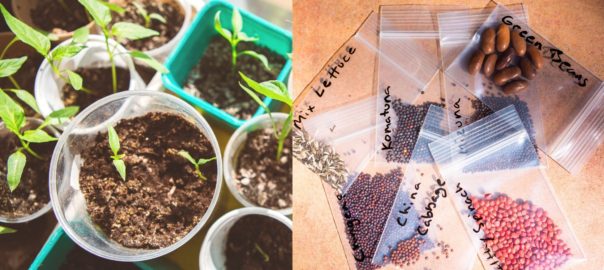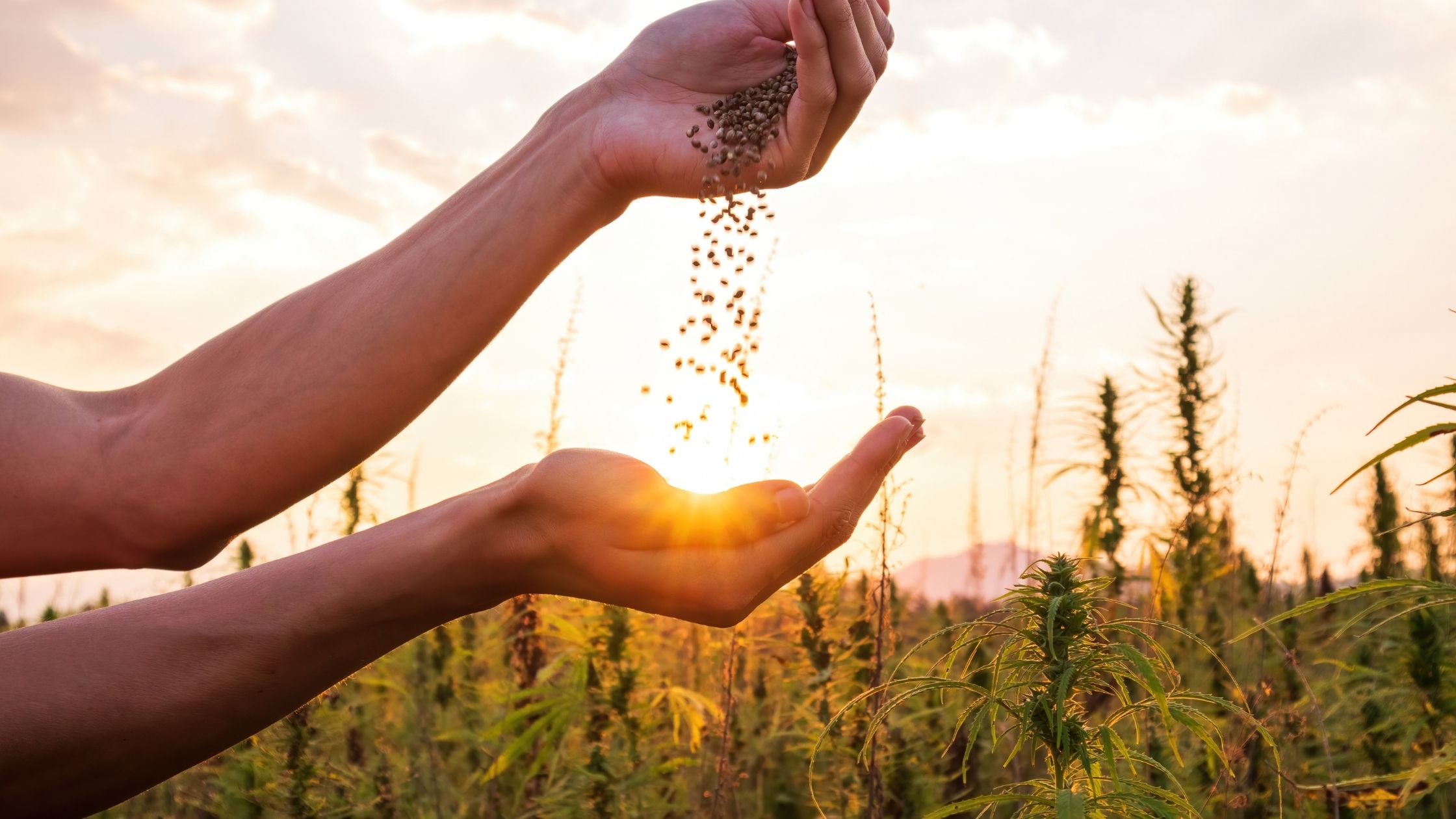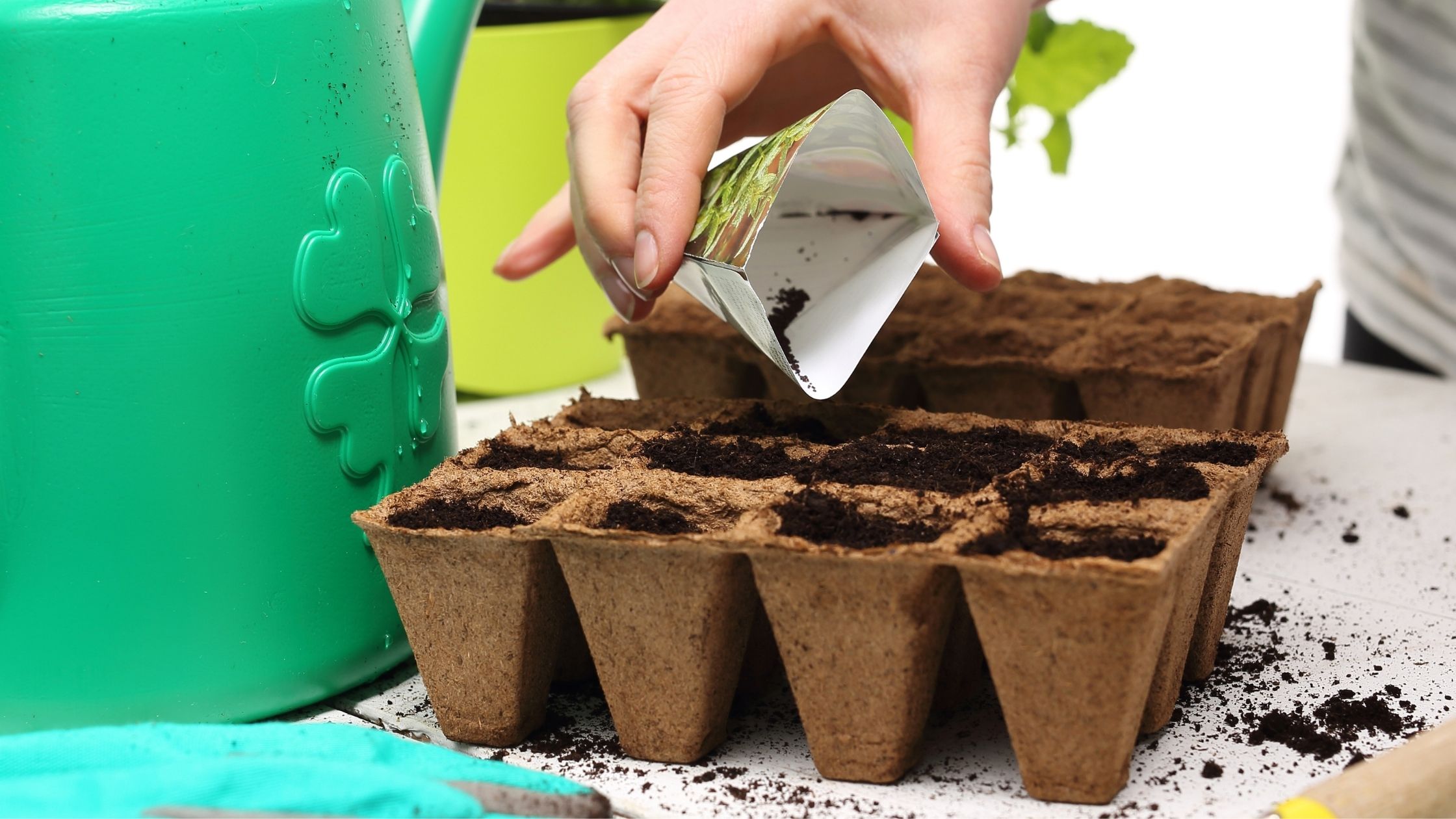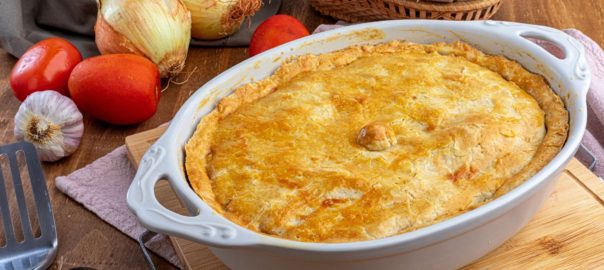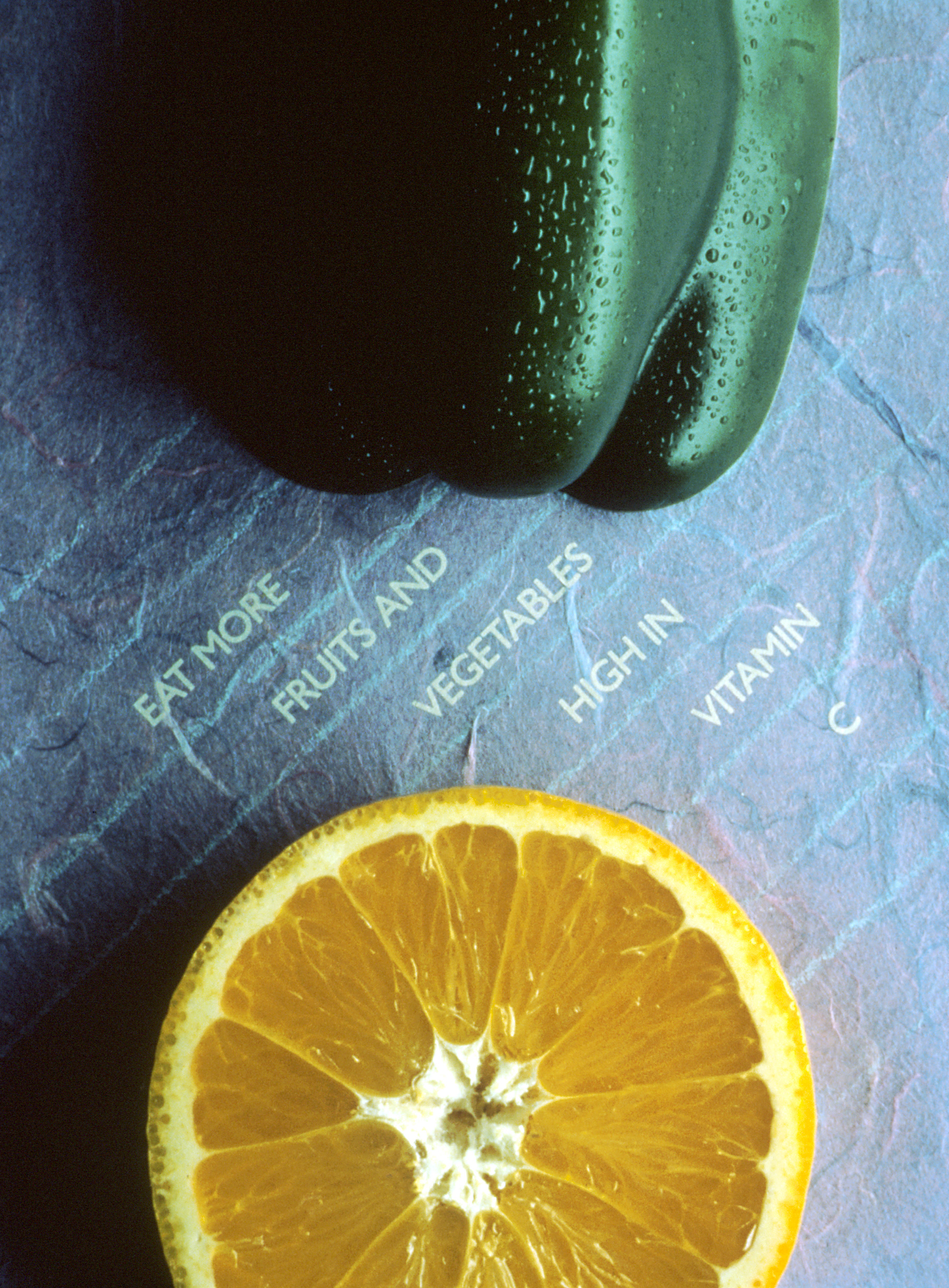The comfort of pot pie
One of my favorite meals is pot pie. When the weather gets cold and wintry, there is nothing more warming and delicious than a pot pie. It's also a wonderful convenience dish. Filled with meat and vegetables, it's a meal in one dish.
What's in the box?
For many people pot pie is something that comes in a box from the freezer section at the grocery store. While certainly convenient, these tend to come with a variety of ingredients that are not a great choice. Here, for example, is the ingredient list from
Stouffer's White Meat Chicken Pot Pie:
Water, Chicken Meat White Cooked, Flavor(s) Chicken, Chicken Powder, Chicken Broth Dehydrated,
Food Starch Modified, Carrageenan, Cellulose Gum, Dextrose, Flavor(s), Salt, Whey Protein
Concentrate, Mono and Diglycerides, Cream Whipping, Apple(s), Flour Bleached Enriched, Wheat
Flour Bleached Enriched, Carrot(s), Celery, Chicken Fat, Egg(s) Yolks Dried, Niacin, Milk Non-Fat
Dry, Onion(s), Peas, Polysorbate 80, Iron Reduced, Salt, Sodium Citrate, Chicken Base, Contains BHA,
Contains BHT, Canola Oil, Caramel, Corn Syrup Solids, Lard, Maltodextrin, Riboflavin (Vitamin B2),
Soy Lecithin, Thiamine Mononitrate (Vitamin B1), Corn Starch Modified
44 ingredients! Going through this list one by one would be a rather long endeavor so I'll skip to the chase and point out that there are GMO's, lots of chemicals, known carcinogens, possible MSG, probably pesticides, and potentially heavy metals in this box. There's also a nasty ingredient called carrageenan which can cause intestinal distress and has some other unpleasant side effects. Not very tasty in my book.
So what's the answer?
For me it's making my own pot pie. 14 simple real food ingredients (15 if you include the seasoning on the meat).
Before when making pot pies I used to cook a chicken or a turkey and then dice up the leftover meat to use in a pot pie. Certainly a convenient way to make use of the leftover meat, but rather time consuming. Recently I had an epiphany. Why not shred the meat instead. I theorized that the shredded meat would be just as nice in the pot pie, but could potentially be made much easier than having to roast a bird, carve off the meat and then cut it up.
Using my crockpot, one of my favorite kitchen appliances, I made shredded meat overnight. I actually wanted to try making pot pie and chili with shredded meat so I cooked enough meat for both dishes. Using two turkey breasts and six chicken thighs (to get a good mix of white and dark meat), I put them in the crockpot with seasonings (I used Kirkland's No Salt Seasoning and some fresh ground pepper) and 1/4 cup of nourishing broth. I let it cook on low all night. In the morning when I got up the meat was fully cooked and so tender that it shredded without any difficulty simply using two forks.
Sidenote: I use my crockpot overnight on a fairly regular basis. I figure just because I'm asleep doesn't mean my crockpot can't be working for me. Nourishing broth, soaking beans, overnight cereal, marinara sauce, all kinds of things work well in the crockpot overnight to be ready to use when you wake up in the morning.
Updating your pot pie
As much as I like pot pie, over the years I've become less and less enamored of the idea of eating my meals encased in a crust of dough, especially a gluten based dough. Although it's possible to make gluten-free pie crust, I'm not very good at it (and not particularly interested in spending the time on it these days). So I've come up with an alternative. I make dumplings and serve that as the top “crust.” It's delicious without being overwhelming in the way of simple carbs. It also requires a little less labor. The dumplings are great because they provide just the right amount of toothsomeness to the pot pie; the right balance to top off the delicious filling.
Here's my basic-ish recipe for a pot pie. This recipe is for mushrooms and peas because that's what I had on hand when I made it last. Usually the vegetable part of a pot pie is somewhat flexible which is one of the things that makes it such a wonderful dish to have in your repertoire. The recipe does include bone broth which makes it tastier and more nourishing. Enjoy!
GF Dumpling Pot Pie
2017-04-30 11:57:53
- Gluten Free Dumpling Crusted Pot Pie
- 10-12 baby bella mushrooms, cleaned and sliced
- 2 T. organic butter
- 1/4 C. gluten free flour (these days I'm using Namaste and really like it)
- 1 C. nourishing broth
- 2 C. whole fat organic milk
- 1 heaping t. dried onion
- 1/2 t. dried thyme
- 1 t. sea salt
- 3 C. shredded chicken
- 2 C. peas, frozen or fresh
- Preheat oven to 400F
- Grease a 2 quart casserole dish
- Melt butter in a large sauce pan
- Add mushrooms and stir gently until mushroom soften
- Add flour and toss gently, coating mushrooms
- Add broth and milk, stirring well to incorporate fully and bring to a boil
- Reduce heat and add onions, salt, and thyme, cook 5-7 minutes until sauce begins to thicken
- Add meat and peas
- Top with dumpling crust
- Bake 30-35 minutes
The Ingredient Guru, Mira Dessy https://theingredientguru.com/
GF Dumpling
2017-04-30 12:03:17
- 1 cup gluten free flour
- 2 t. baking powder
- 1 t. dried parsley
- 1/2 t. dried dill
- 1/2 t. fresh ground black pepper
- generous pinch sea salt
- 1/4 cup organic butter
- 1/2 cup whole fat organic milk
- Combine flour, baking soda, and seasonings mixing well
- Slice butter into thin pats and then blend into flour mixture until it resembles cornmeal
- Add in milk and combine fully until it forms a dough
- Drop by tablespoonfuls onto top of filling
The Ingredient Guru, Mira Dessy https://theingredientguru.com/


